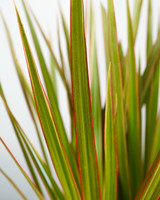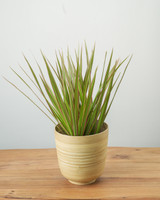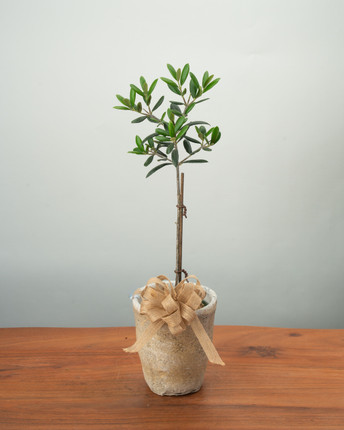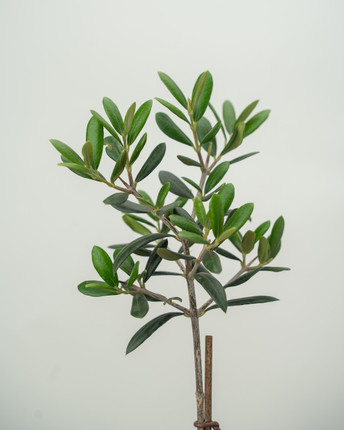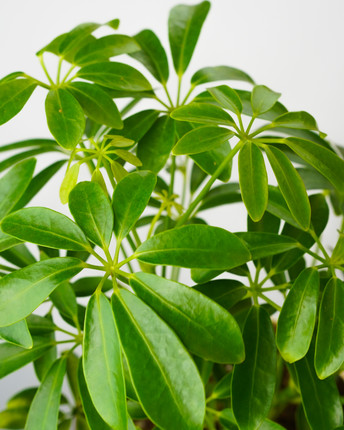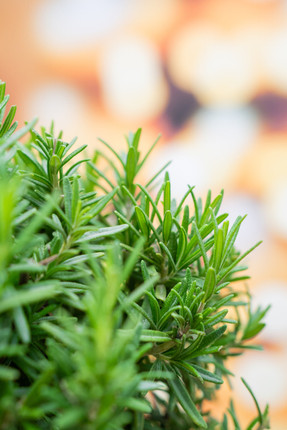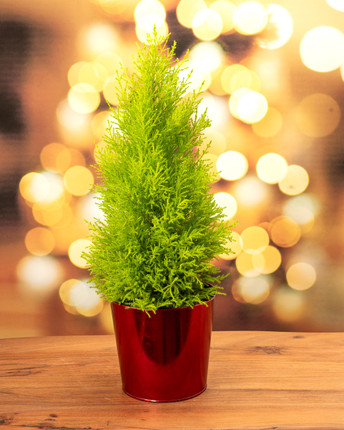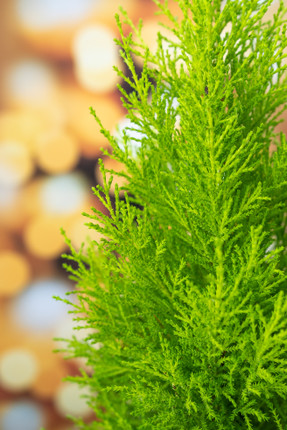Description
Dracaena marginata 'Bicolor'
Looking for a plant that's both striking and easy to care for? Meet the Dracaena marginata 'Bicolor'! This trendy houseplant features long, narrow leaves that are striped with shades of green, pink, and cream, creating a visually stunning display that's sure to impress.
Not only is the 'Bicolor' beautiful, but it's also a breeze to care for. This plant prefers bright, indirect light, but can tolerate lower light levels as well. Water it when the top inch of soil feels dry to the touch, and be sure to allow any excess water to drain away to prevent root rot.
Plant Care
Watering:
The Dracaena marginata 'Bicolor' prefers to be kept evenly moist but not waterlogged. Water thoroughly when the top inch of soil feels dry to the touch, and be sure to allow any excess water to drain away to prevent root rot. During the winter months, reduce watering and allow the soil to dry out a bit more between waterings. We recommend measuring the moisture of the soil with a moisture meter.
Light:
This plant prefers bright, indirect light, but can tolerate lower light levels as well. Direct sunlight can scorch the leaves, so it's best to keep the plant away from windows that receive intense sunlight. If the leaves start to turn yellow or brown, it may be an indication that the plant is receiving too much light.
Fertilizing:
A balanced, water-soluble or liquid fertilizer can be applied every 2-3 months during the growing season (spring and summer) to promote healthy growth and vibrant foliage. Avoid fertilizing during the winter months, when the plant is in its dormant period.
Repotting:
Repotting is only necessary if the plant outgrows its container, which is a testament to its slow growth rate. When the time does come for repotting, use a well-draining potting mix and choose a pot that's only slightly larger than the current one. Repotting is best done in the spring, before the growing season begins.



